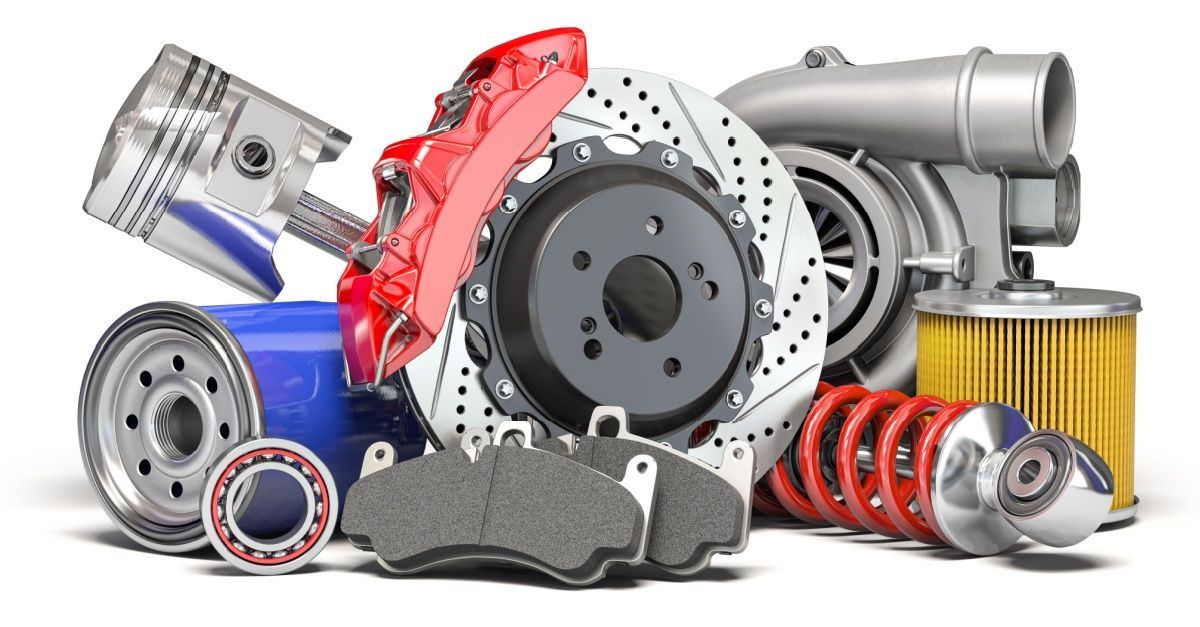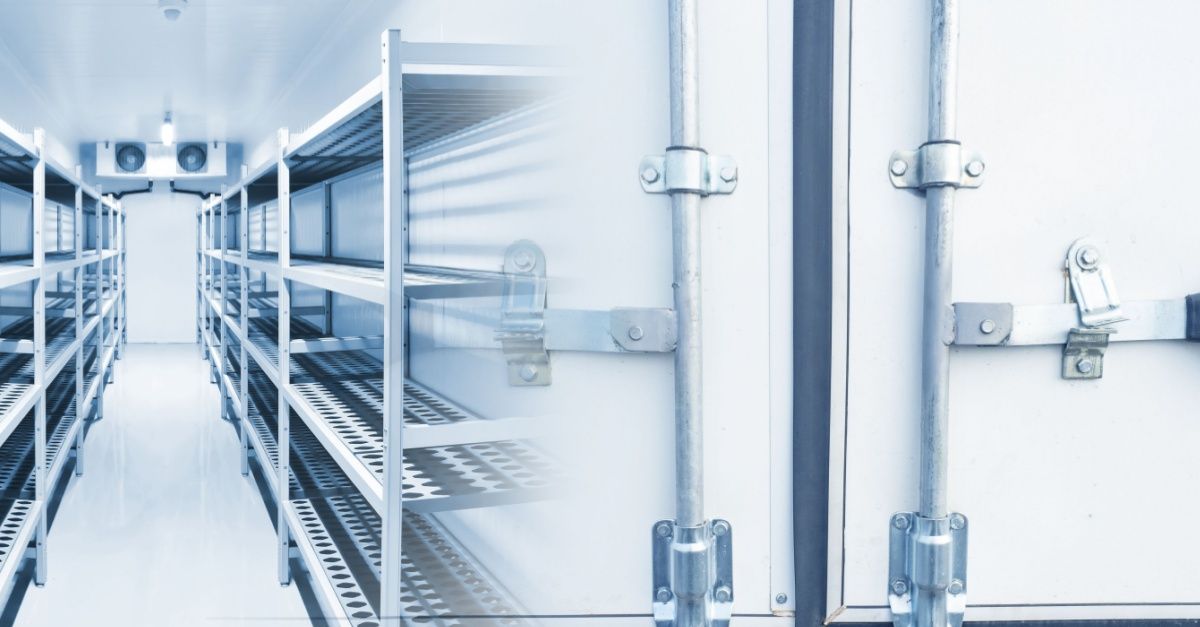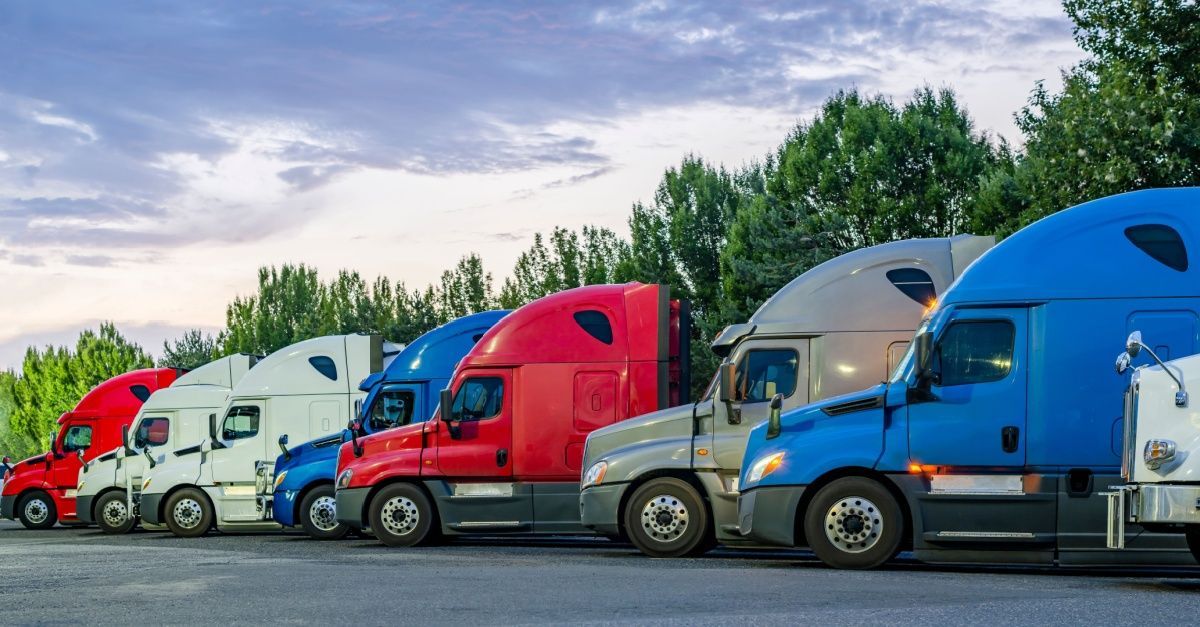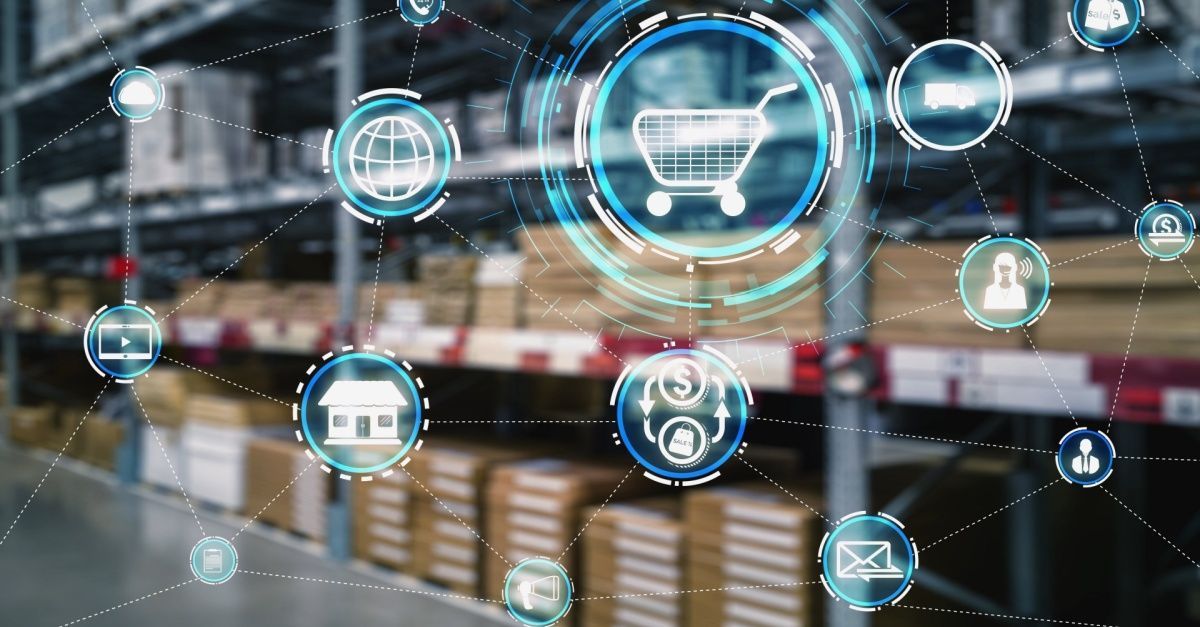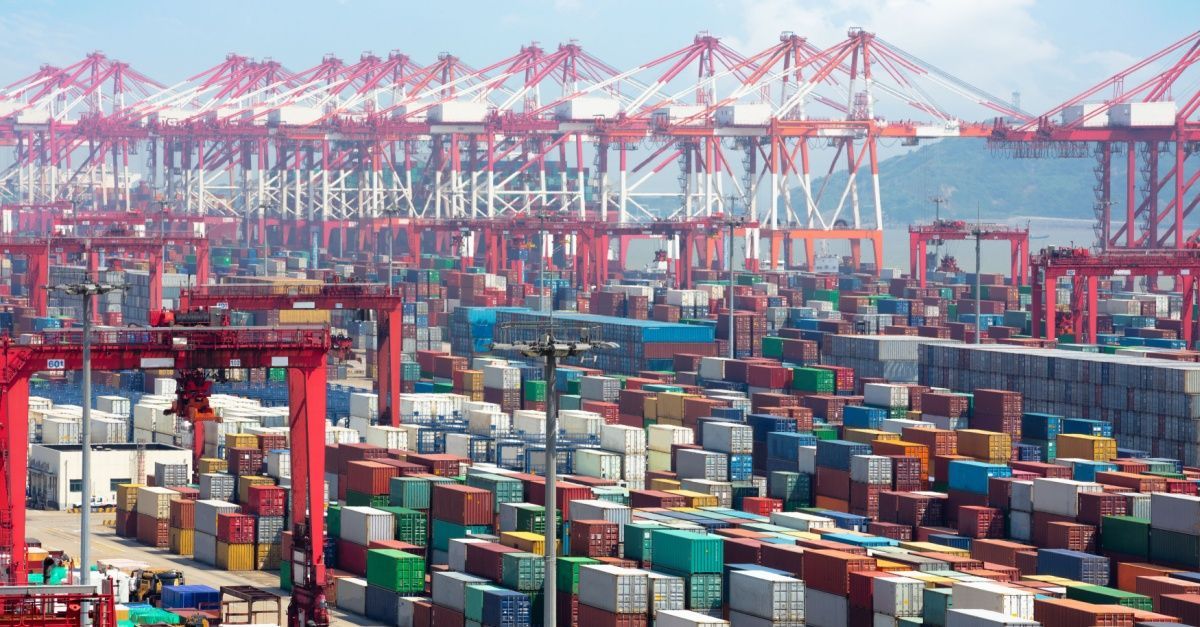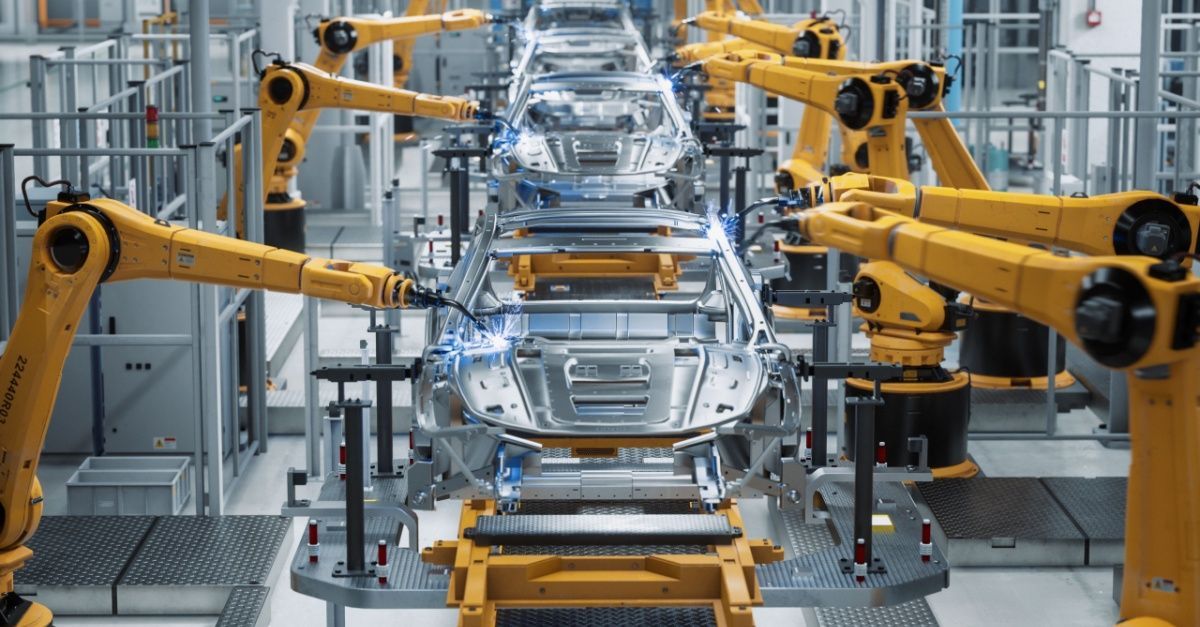The Future of Automotive Supply Chains: Preparing for Electric Vehicle Logistics
Blog Post CTA
The electric vehicle shift is happening, but are supply chains ready?
In 2023, more than 14 million electric cars were sold globally, each requiring components such as lithium, cobalt, and nickel that were mined, sourced, and shipped from different parts of the world. This shift stretches lead times, increases risk, and complicates routes. Longer, less stable supply chains demand new planning and new tools.
Electric vehicles don’t just change what we drive — they change how vehicle parts move, what risks automotive supply chains face, and which partners matter most. Legacy logistics models built around internal combustion vehicles no longer apply. And automotive manufacturers who treat EV logistics like business as usual will fall behind.
Challenges: Electric Vehicle Logistics Comes With New Risks
Automotive manufacturers and shippers face several operational changes when moving electric vehicle parts.
Battery Shipping Is Dangerous and Regulated
Lithium-ion batteries are Class 9 hazardous materials. Mishandling them can trigger fires, explosions, and fines. The U.S. Department of Transportation, along with IATA for air freight, enforces strict handling protocols. These include UN packaging standards, thermal insulation, and proper labeling.
Failure to comply carries both safety risks and steep fines, making training, documentation, and certified carriers non-negotiable.
Batteries Are Big, Heavy, and Inflexible
EV batteries can weigh up to 1,500 pounds. They reduce trailer capacity by half and may require special permits. For instance, a truckload that once held 20 engines might only fit 10 EV battery packs. Warehouses must also reinforce racks and add fire suppression systems so they can store the batteries effectively. You can’t move them like you move engines.
New Vendors Bring New Problems
In 2023, port delays in China extended EV lead times to more than 80 days, disrupting delivery timelines. EVs rely on unfamiliar suppliers, such as battery makers, software firms, and electronics vendors, across more countries. That means more customs stops, new export rules, and less visibility.
Reverse Logistics Adds a Second Layer
Used EV batteries can’t just be discarded. They must be recycled or repurposed under tight regulations. However, very few stakeholders in the industry are prepared for this second leg. Reverse logistics for lithium batteries is complex, regulated, and expensive. Yet companies are under pressure from regulators and customers to show sustainability metrics.
Opportunities: Where Smart Automotive Supply Chains Get Ahead
Proactive teams can gain a competitive edge by investing in smarter, safer, and greener operations.
Specialized 3PLs Are Filling the Gap
Third-party logistics providers are now offering services built for EV logistics. These include:
- Regulatory support: Help with labels, customs, and certifications.
- Compliant warehousing: Fire-safe, temperature-controlled, and built for weight.
- Battery-certified transport: Trained staff and modified trailers for high-voltage cargo.
Entourage Freight Solutions provides these services. The company offers temperature-managed freight, compliant battery handling, and custom visibility tools, providing shippers with real-time control over their shipments.
Technology Is Now Essential
Smart tools reduce the margin for error in EV logistics. They are no longer nice to have but required:
- IoT sensors monitor shock, tilt, and heat in transit.
- APIs sync with EV builders to match production schedules.
- Digital twins test and compare shipping routes before goods move.
These tools cut damage claims, improve delivery times, and save money.
Networks and Warehouses Are Being Rebuilt
EV-ready facilities now include:
- Fire-resistant storage zones.
- Charging stations for EV delivery trucks.
- Emergency response protocols for hazmat.
Decentralized networks are also gaining ground. Regional cross-docks reduce the distance batteries must travel, lowering cost, risk, and emissions.
Sustainability Is Now a Sales Advantage
Companies are under growing pressure to reduce emissions, and EV logistics is one place to start.Freight buyers now ask 3PLs to report carbon data per shipment. Some want emissions offsets or alternative fuel options baked into contracts. Those that offer transparency and green options win bids faster and retain more business.
Reverse logistics is also a competitive advantage. Brands that can recover batteries and reuse materials save money and meet ESG goals faster than their peers.
How EFS Makes EV Logistics Simple
Electric vehicles are already here, but their logistics needs are already different. Safety, visibility, and sustainability aren’t extras — they’re essential. Entourage Freight Solutions helps companies transport EV parts safely and on time, while ensuring full compliance.
Our services include:
- End-to-end tracking.
- Hazmat-certified transport.
- EV-ready and flexible warehousing.
- Reverse logistics for used batteries.
- Emissions tracking and route optimization.
For EV brands and suppliers, Entourage offers the tools, support, and speed needed to scale safely. Waiting means playing catch-up later, under pressure. If you’re ready to move smarter in EV logistics, Entourage Freight Solutions is ready to help.
Contact our team now.
